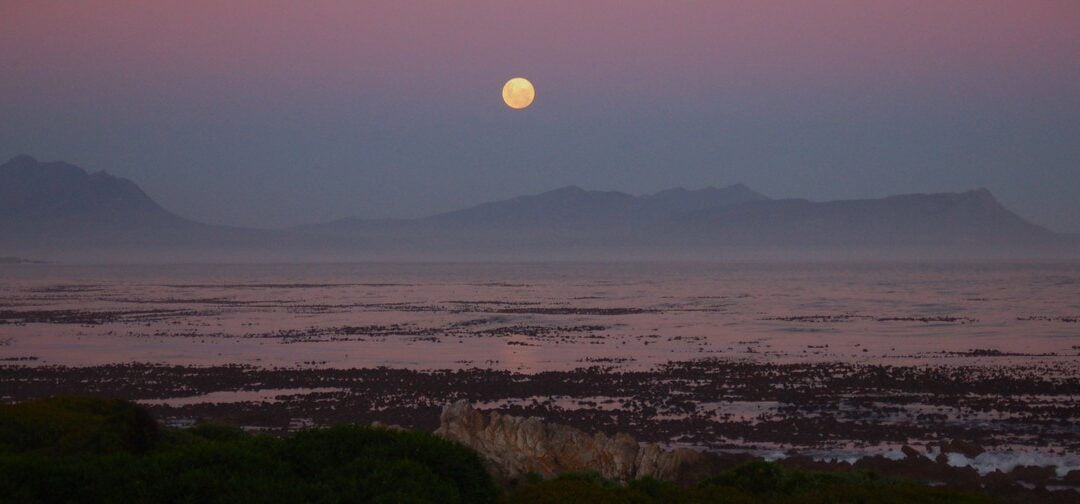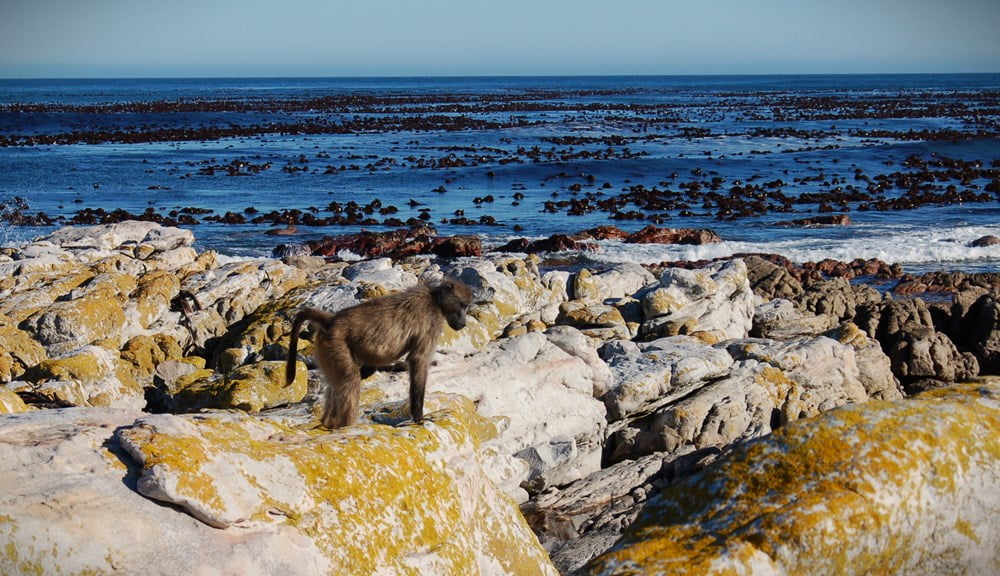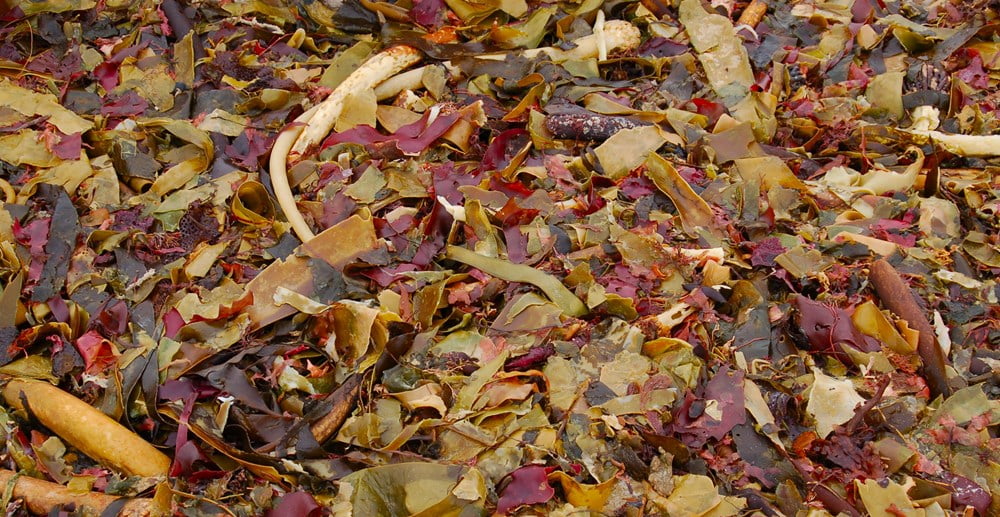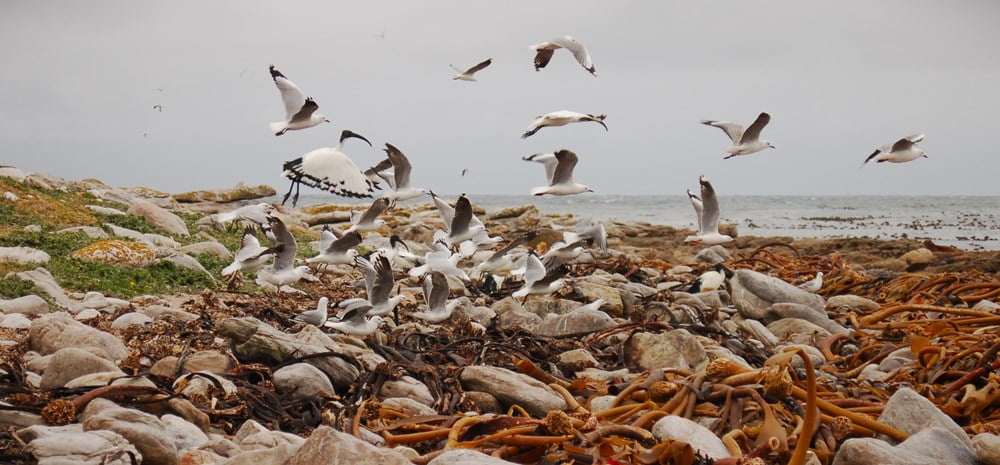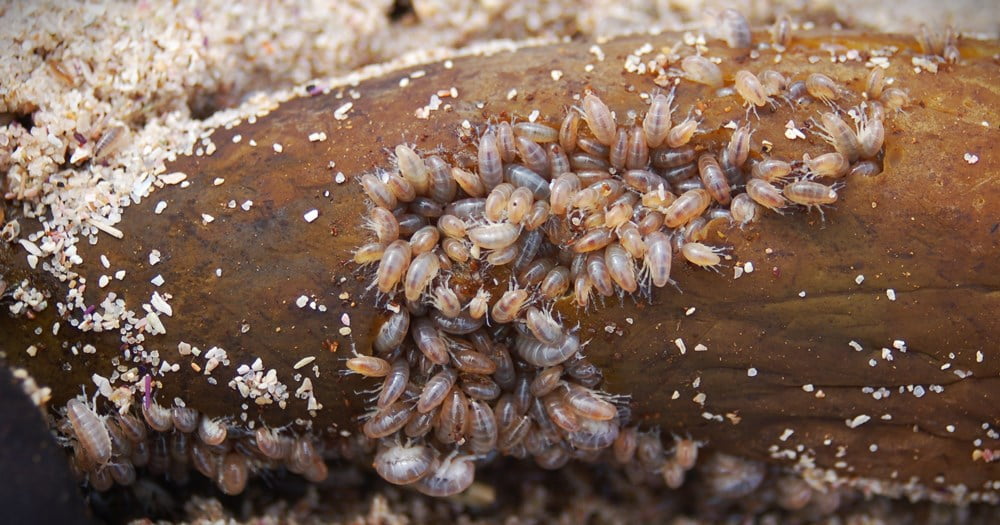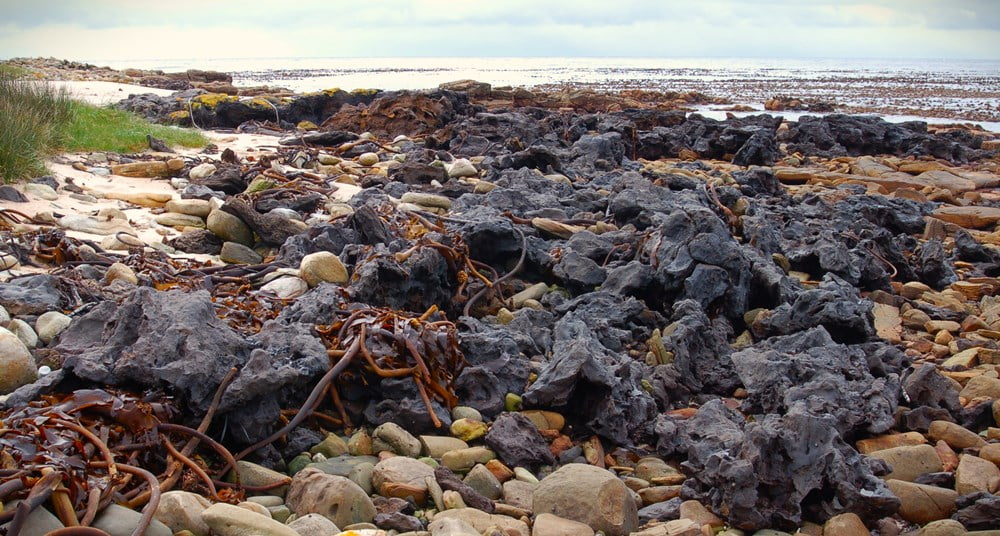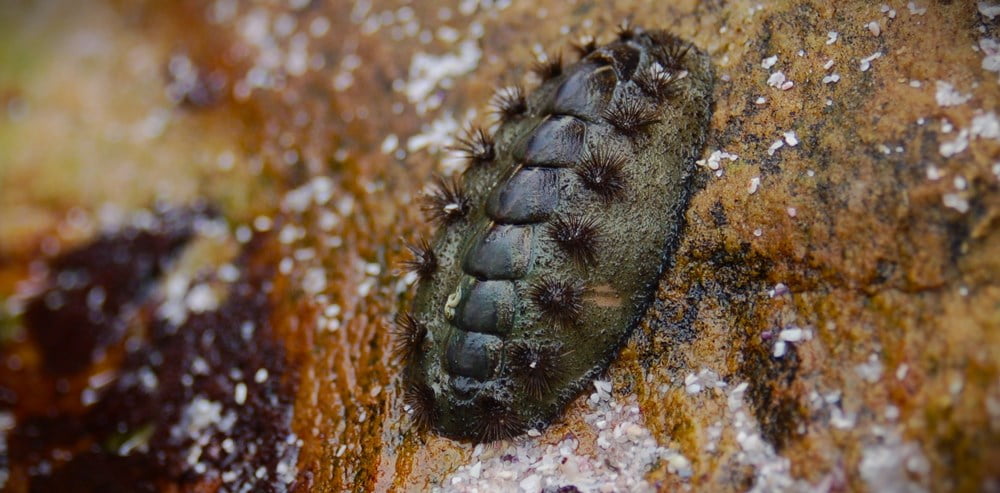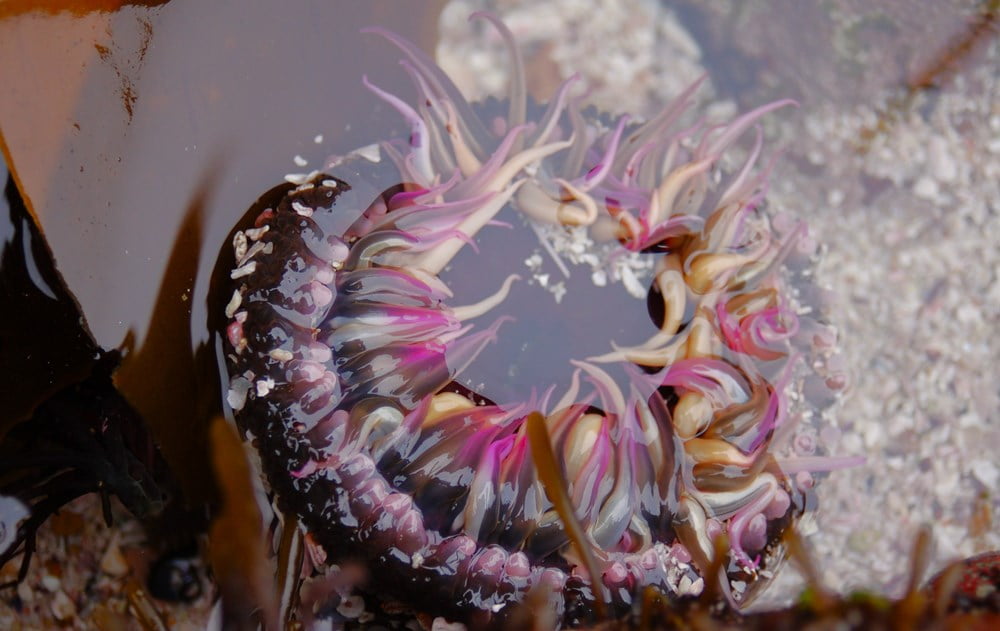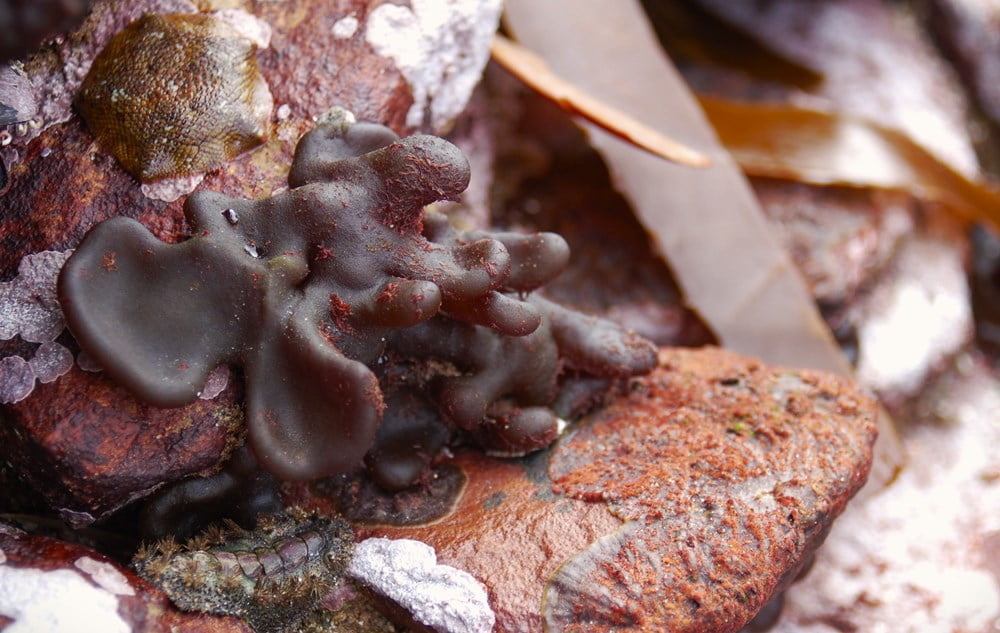A blue moon isn’t really blue; it’s when two full moons occur in the same month. It’s a rare calendar event – hence “once in a blue moon” – but a more unusual lunar phenomenon also exists. If a full blue moon is its closest point to the earth during its elliptical orbit, it becomes a super blue moon, looming large in the evening sky. And that makes things happen on our planet.
First, let’s remind ourselves of how this works: the moon is thought to be a congealed sphere of our own planet’s rock and dust, smashed into space by the catastrophic impact of a Mars-sized planet with our own billions of years ago. Unspeakable horrors have been afflicted on our familiar night-time companion, including my favourite geological time: the Late Heavy Bombardment – also known as the Lunar Cataclysm.
Once much closer to earth, the moon plays a vital role in our existence. Its gravitational pull has slowed down and stabilised our planet’s erratic spin-wobble, lengthening our day from a brisk six hours to a more leisurely twenty four. The moon’s calming effect ensures we don’t go wobbling off unaccompanied into deep space though you should know that our lunar friend is moving away from us at about four centimetres a year so we could be in for quite a trip later.
The moon’s pull on our planet still makes our continental land masses move (fractionally) and helps animals migrate but of course it’s through the rise and fall of our oceans that we see the moon’s greatest effect. Billions of years ago when the moon was ten times closer, the tides turned every three hours and were a thousand times higher than now. Today, a super blue moon will cover the beach at high tide but it was low tide that I was waiting for.
The Cape of Good Hope Nature Reserve seemed like a good place for a super-low tide (also called a ‘spring tide’). Set at the end of a peninsula that is home to five per cent of the world’s coastal marine species, the reserve has both an Atlantic and Indian Ocean coastline, each quite different to the other. Now, laid bare by the super-low tide, they were rudely exposed and blinking in the light like a duvet had just been snatched off them. There was only one problem: low tide smells like … well, low tide and you need a bit of breakfast in you before you start exploring. The source of the smell is, of course, this stuff.
Seaweeds are not plants. They photosynthesise as plants do but they are algae (the singular form – alga – is Latin for seaweed) and are part of a group that also give us food poisoning and turn our swimming pools green. Speaking of colour, take another look at the seaweeds above: you’ll notice three distinct colours – red, brown and green. Why? Nature does nothing for fun: every twist and turn of shape, each tone and shade of colour is for a reason. And so it is with seaweeds.
Arranged on a beach like a traffic light, the green seaweeds occupy the highest zone: they’ll be the first ones you see as the tide goes down. The mid-level seaweeds are brown (think ‘amber’) and the deepest lying seaweeds are the red ones. It’s all to do with sunlight as it flies through seawater; the full spectrum of light reaches the green seaweeds for ‘normal’ photosynthesis but as light penetrates into deeper and darker water, the spectrum is reduced, leaving just blue light thundering through. Red pigments (of brown and red seaweed) absorb blue light and so they can photosynthesise as if they were a green salad.
Not that I’m suggesting lunch just yet: when seaweed decomposes it releases hydrogen sulphide – the smell of rotten eggs – as well as ammonia; it’s enough to make you gag but I was the only lifeform wrinkling up my nose on this beach.
Low tide on these coastlines is a free, eat-all-you-can buffet. Everywhere were squabbling gulls and solemn-looking sacred ibis, probing the rotting mulch with their long curved beaks. Wagtails, pipits and plovers scurried around me, joining in the feast. What were they eating? Not the seaweed – they were after the things that were recycling it.
It is only when you come down onto these beaches at night and shine a torch around that you truly appreciate the scale of what’s going on here. Under cover of darkness emerge millions, no, billions of tiny creatures called Amphipods to feed on the algae. You’ll know them as Beach Hoppers, springing into the air like an exploding bowl of rice whenever you disturb them. They share the bounty with legions of Sea Slaters, a kind of marine woodlouse (pill-bug) that flow in seething, scuttling waves.
By day, these animals hide in the shade but if you lie down quietly on the beach (best performed without a crowd), you soon hear the scritchy-scratchy sound of them, working the seaweeds from underneath. And man, do they work the seaweeds: these recyclers reduce 350 kilogrammes of rotting algae for every square metre of beach, returning 120 kilos of faeces which massively enriches the environment and kicks off the food web.
It’s breath-taking – in every sense of the word – but I wasn’t prepared for what else the super-low tide had in store. On the Indian Ocean coastline, black rocks – jet black – had emerged from the ocean, seemingly poured over the lower pale sandstones like hot tarmac.
What was going on? I could see what appeared to be bubbles and pock marks, runnels and overspills – in cold, unyielding rock. Heating? Volcanic? It turns out that it is magnesium oxide (MgO) that is slowly, coldly oozing out of the ‘parent’ rock and sort of squidgifying (the correct term for the process is re-precipitation) into these eye-catching dark deposits.
The strange geology of Black Rocks was matched by the weirdness of the creatures marooned by the super-low tide: luminous sea anemones, spiny-armed starfish and chitons – a sort of armoured slug. And I wasn’t the only one at Black Rocks either. Kelp gulls – the noisy, aggressive skinhead of the bird world – were eating marooned marine snails; they pick them up in their beak, fly vertically upwards to what seems to be an exact height for all of them, and then drop the snails onto the rocks below to crack them open like a walnut. But by now the tide had turned and was coming in fast; the super-low tide was on its way to becoming a super-high tide and before long the Black Rocks would disappear under water again, its inhabitants safe from prying eyes. Until the next low tide.
